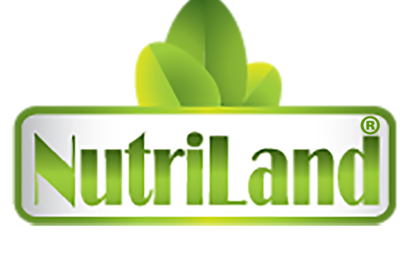High Potency Harp Seal Oil (180 Softgels x 1000mg)
$79.99
It is a complete source of omega-3, containing all three ingredients (EPA, DHA & DPA), similar to mother's milk. The omega-3 in seal oil is naturally balanced and in the same proportion as found in the human body at birth, which helps improves absorption.
Seal Oil is a natural triglyceride that has not been chemically altered like most modern fish oils. Seal Oil is low in omega-6 to help improve the critical omega-3/omega-6 imbalance.
In addition seals are able to bio-filter contaminant to yield cleaner omega-3 oil.
Suggested Use:
Adults take 1-2 capsules daily.
THE DISCOVERY
In the 1970s Bang and Dyerberg discovered that despite a diet high in fat*, Greenland Eskimos had an astonishingly low risk of cardiac death, heart attack, coronary heart disease and cancer when compared to the Danish population. This discovery initiated a significant amount of research about the long chain Omega-3 fatty acids obtained from seal oil.
CANADIAN SEALING: HISTORY
The Canadian seal hunt is the most closely watched and restricted animal hunt on the planet. Seals off Canada's east coast have been culled for hundred's of years for food, clothing and seal oil.
Historical evidence suggests that seals were hunted as far back as 3000 years ago in areas that are now part of Canada. Centuries later, European contact and settlement in the New World not only sustained, but expanded the seal hunt.
Jacques Cartier noted that seals were hunted in the Newfoundland and Labrador region in the early 16th century. By the end of the 16th century, demand for clothing and materials comprised of seal fur in Europe ensured that the Canadian seal hunt would continue and prosper. However, the commercial seal hunt in Canada did not officially begin until the 17th century.
The Canadian seal hunt flourished throughout the 16th and 17th century but made significant economic gains in the 18th century when the Hudson's Bay Company began trading for seal skins. Within 70 years of HBC influence on the seal industry, Newfoundland attributed 1/3 of its exports to seal. In fact, the economic gains in Newfoundland helped encourage permanent settlement in the region.
Exporting seal oil to Britain and throughout its empire was the primary reason for the commercial seal hunt in the 18th century. Seal oil was also used for a multitude of reasons ranging from cooking and fuel oils to soap production.
CANADIAN SEALING: NOW
The annual Canadian seal hunt still exists but significant differences can be witnessed. In 1971, the Government of Canada introduced quota management to ensure seal populations do not deplete to the point of extinction.
In 1987, the Government of Canada issued a Canadian ban on the commercial harvesting of whitecoats and bluebacks. Each ensuing year resulted in government quotas designed to control hunting and maintain stable seal populations off the Canadian coast.
Current harp seal populations are estimated at over 5.5 million--three times higher than the harp seal population of the 1970s.
Related Items
Advanced Liver Formula
$79.99
Nutriland advanced liver formula consists of a synergistic blend of liver herbs, including milk thistle, dandelion, schisandra, artichoke, etc. It is an excellent... View full product details
High Potency Complex Seal Oil (360 Capsules)
$179.99
Recommended use or purpose: Helps to enhance cognitive function in adults. Helps to enhance memory in adults. Helps to support peripheral circulation. Source of omega-3... View full product details
Super Diabetes Formula (180 Capsules)
$99.99 $119.99
Recommended use or purpose: A factor in the maintenance of good health. Provides support for healthy glucose metabolism. Helps the body to metabolize carbohydrates. Helps... View full product details
Super Gout Formula (100 Capsules)
$79.99
Recommended use or purpose: Help relieve joint pain associated with osteoarthritis. An antioxidant for the maintenance of good health. Helps in wound healing. Helps in... View full product details























